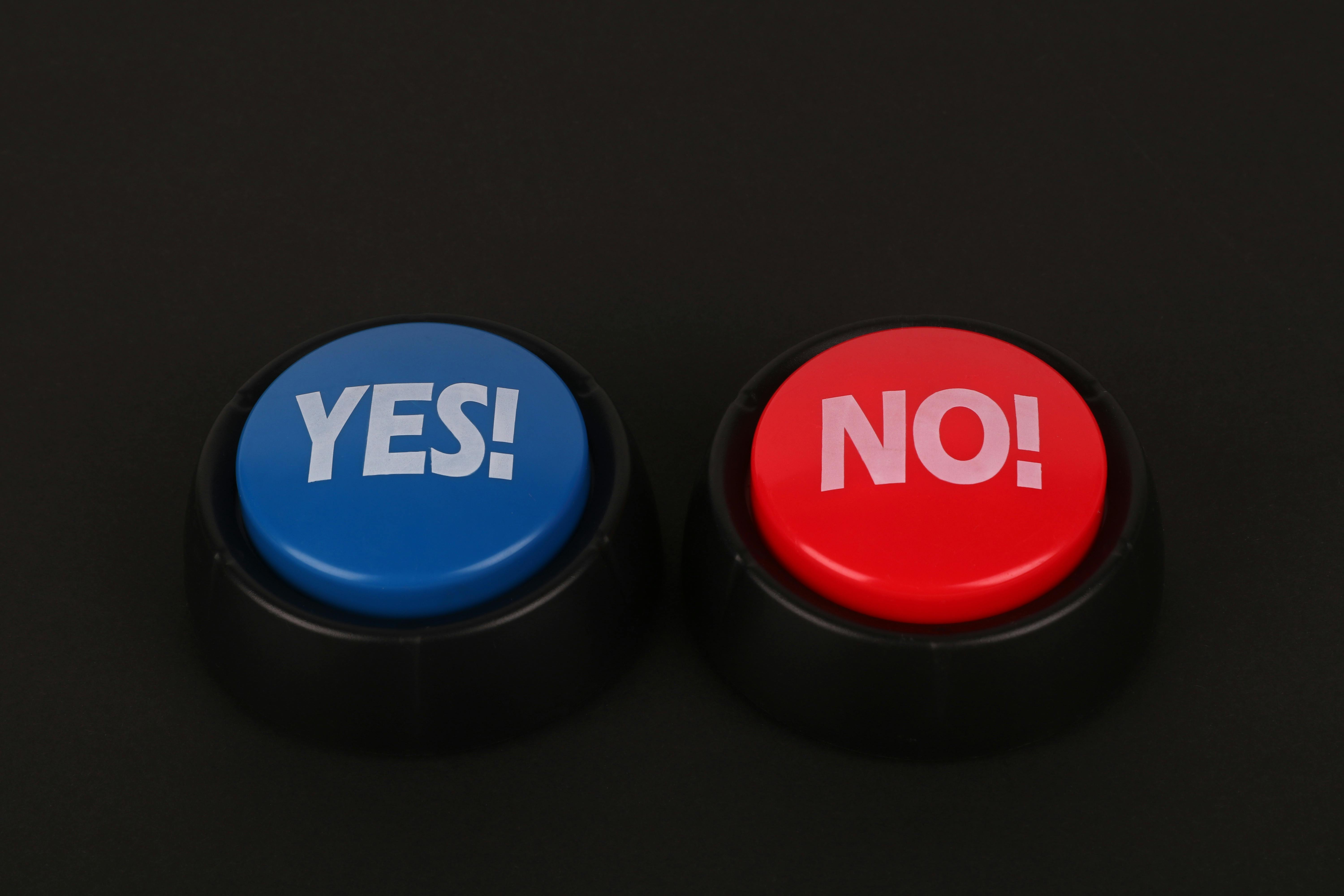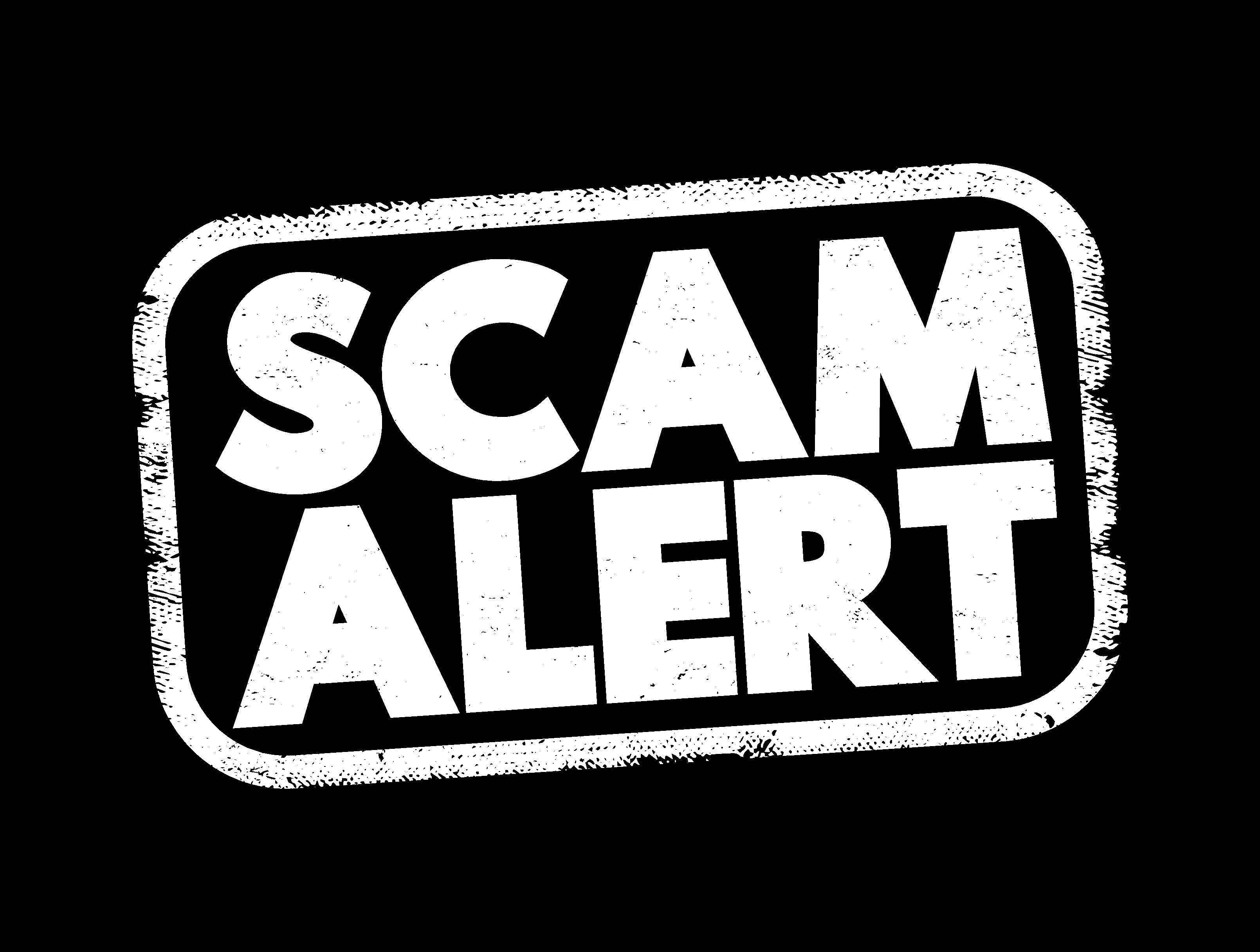Book Broker: an interview with Kerry D’Agostino

Agent: Kerry D’Agostino
Website: curtisbrown.com
Preferred genres:
Literary fiction, upmarket/book club fiction, narrative nonfiction, young adult.
Bio:
Kerry D’Agostino is a literary agent at Curtis Brown, Ltd. She received her bachelor’s degree in English from Bowdoin College, her masters in Art in Education from Harvard Graduate School of Education, and her certificate in publishing from the Columbia Journalism School. She started at Curtis Brown in 2011 as assistant to Tim Knowlton and Holly Frederick in the Film and Television Department. After some time as a film and audio rights associate, she also began assisting Peter Ginsberg. In addition to her continued work with Peter, Kerry now represents authors of literary and commercial fiction, and select narrative nonfiction. She is particularly interested in work that is voice driven, accessible, and authentic. Above all, she is drawn to work that either introduces her to someone, somewhere, or something new, or makes her see something old in a new way. She lives in Brooklyn with her husband.
Curtis Brown:
Curtis Brown, Ltd. is one of the world’s leading literary agencies, representing a wide variety of established and emerging authors of all genres since 1914. With sixteen agents in our New York, San Francisco and New Orleans offices, and a staff dedicated to handling dramatic, translation, audio and digital media rights, we provide the highest standard of literary representation in all aspects of our clients’ careers.
1) What stands out in a good submission?
I am breaking this question into two sections: the query letter and the manuscript. Both are necessary parts of any good submission.
A good query letter always includes the following:
• A quick, direct introduction: What kind of project is this (Upmarket fiction? Literary fiction? Young adult?)? How long is it?
• A brief description of the book: This should be no more than 100-200 words; consider what your “jacket copy” might one day read. Focus on the parts of the story that are easiest to distill. For fiction, who are your main characters? What are their goals? What obstacles do they face in achieving those goals? For nonfiction, what is the central issue that you are exploring, and how are you exploring it?
• Comp titles: Here, you want to list two or three books that were published within the past few years. They should be successful publications, but nothing that seems overly ambitious. When considering your comp titles, you’re not necessarily looking for books that have told the same story that you’re telling, but rather for books that appeal to the same audiences – that are part of the same literary conversations. Where do you see your book on a bookstore shelf?
• An author bio: This is the place to list anything of note about you as a writer – have you had previous publications? Do you have a degree in writing? Have you participated in any writing workshops, events or contests of note? – and also about you as the writer of this particular story. Is there something about your background that connects you to what you’re exploring in these pages?
• Why me: This is an important part of every query, even though it is all too often overlooked. Here, let me know why you are reaching out to me in particular. Did something in my profile catch your eye? Does my work with another author suggest to you that I might be a good fit for your work as well? If there seems to be a genuine connection between your work and one of my clients’ projects, that is something that will stand out to me immediately.
A good manuscript catches my attention right away and does not let it go. I am most drawn to voice-driven narratives, where I find something relatable about the protagonist right away, and I find myself invested in their journey from the start. I am also most interested in stories that feel fresh, where I am learning as I read, whether what I am learning is something about the protagonist and their perspective on the world or some new world in itself. Past submissions have taken me into oil rigs dotting North Dakota prairies, flood-ravaged Texan back-country, snow-covered streets of Louisville, KY, and even, occasionally, the subways of Lower Manhattan. Across each landscape, show me something I have not seen before; introduce me to someone I have not met.
The last note about successful submissions is a bit more surface level, and has to do with the actual structure of the submission. You will see in my profile that, along with the query letter, I request the first 50 pages of a book (for fiction) and the full proposal (for nonfiction). Authors that follow these directions exactly always stand out to me, because it is an easy way to demonstrate that they have researched me specifically and are respecting my guidelines.
2) What is the most common error or flaw you see in query letters?
The most common error/flaw is someone reaching out to me with work in a genre that I do not represent. This connects back to the earlier point about submitting to a specific agent for a specific reason: the more pointed your submission is, the more likely it is to generate a response, and interest. I also sometimes see writers trying out a gimmick or two to capture an agent’s attention; they might write in the voice of the character; they might attempt humor; they might be overly self-deprecating. In the end, what each of these strategies have in common is that they distract from the actual project. If the idea you have is a good one, let that speak for itself; at the end of the day, that is what we most want to see.
3) What's a typical warning sign that a manuscript isn't ready for representation?
It is very clear when we receive a manuscript that is an early stage of drafting. There may be typos, but more significantly, there are likely to be challenges in pacing. It is difficult to sustain tension across a full narrative, but the moment a reader starts to disengage, the author’s work gets a lot harder. Revision is crucial, and as you revise, make sure to ask yourself: are you leaving any space for the reader to question here? Are you giving the reader enough information to anticipate but not expect? One of the strategies I frequently recommend to writers is the backwards outline: go through the draft of your manuscript and see, in retrospect, how each piece of it adds up to the whole. Is there a gap somewhere where a particular thread is left hanging? Alternately, could a different thread use more foundation? In general, it is also a warning sign to me if an author has not had other readers for their work; the best submissions that I see are typically ones that have been workshopped, whether in formal study, at workshops, or among trusted friends.
4) What advice can you give to writers who are submitting their work?
The most important advice that I can give any writer submitting their work is to make sure that the work is as strong as it can possibly be before submission. That applies to the manuscript (and especially those all-important opening pages) and it applies to the query letter, which can be painstaking but is nonetheless essential. As I mentioned above, it is also essential to be intentional in the submission list. Only reach out to agents who you know could be good fits for your work, and show them how your work fits on their lists. Finally, I recommend starting small: once you have identified all the agents who could be good fits, don’t reach out to all of them at once. You might find as you start to hear back from agents that something about the pitch feels off, or something about the manuscript itself, and reserving additional agents for later submission rounds gives you the opportunity to revise/adjust as necessary.
5) You've just decided to represent an author and the contract is signed. What steps do you take to prep the manuscript for submission to publishers?
I am very hands-on editorially, so with nearly all of my clients I start with both an editorial letter and a red-line of the manuscript. The red-line may simply address surface level line-edits, or it may attempt to interrogate deeper levels of the manuscript, and accordingly we may be ready for submission after one round of edits or three. Either way, it is always a conversation I have with the author before we decide to work together; it is important to me that our editorial styles and expectations are clear and united from the start.
6) What is your strategy for a client whose manuscript isn't selling?
There are a few different ways to tackle this challenge. The first is to remember the context: there are plenty of authors who did not connect with editors on their first book, so being in this position is not an automatic and all-encompassing judgment on any one author’s potential in the literary world. Reading is incredibly subjective, and so much of the submission process has to do with timing and with factors that are beyond anyone’s control. With that in mind, the next step in this kind of situation is to review the feedback that we have received with the author. Is there anything universal in the feedback? If so, that might point to the need for a possible revision, one which addresses this feedback. If not, it might just be a question of casting a wider net. Then, if it truly feels as though we have pushed the submission as far as it can go, it might be a time to take a break from that book and consider switching gears to another project. As agents, we are interested in building careers with our authors, so it is not just the first project that we are interested in supporting. The same way that I share editorial thoughts with authors before deciding to work with them, I also always ask about other/future projects, and odds are that if I loved the first book enough to offer representation, I am going to be just as excited about the second.
7) What's the best (non-client) book you've read recently, and how did it hook you?
I read Chloe Benjamin’s The Immortalists this past weekend, and by read, I mean devoured in perhaps two sittings. I will always be drawn in by family sagas, especially ones focused on sibling relationships, and the way Benjamin weaves the four Gold children’s individual journeys together around one overarching, compelling thread is masterful. Overall, it is that perfect combination of literary writing with riveting characters and plot.
8) Can you tell us about an exciting author you're working with at the moment?
I adore all of my authors!
If we limit the question to those with recent or soon-to-be-forthcoming projects, I would have to say that it has been an absolute joy to see readers connecting with Andrea Bobotis’ The Last List of Miss Judith Kratt and Liza Wieland’s Paris, 7 A.M. over the past few months.
Paperbacks of Micah Dean Hicks’ endlessly original Break the Bodies, Haunt the Bones and Caitlin Lochner’s gripping YA A Soldier and a Liar will be out in February, just in time for Caitlin’s readers to catch up for the sequel, An Outcast and an Ally.
In March, readers who fell for Leesa Cross-Smith’s glittering prose in her debut novel, Whiskey & Ribbons, will be thrilled to discover So We Can Glow, a collection exploring female obsession and desire.
Anyone in pursuit of a good mystery need look no further than John Straley’s What Is Time to a Pig, also in March, and Caroline B. Cooney’s Before She Was Helen – her first for adult readers after transfixing young adult audiences worldwide with The Face on the Milk Carton and many others, coming in May.
That same month brings Nancy Wayson Dinan’s Things You Would Know If You Grew Up Around Here, a literary debut that transports readers to the surreal, devastating 2015 Memorial Day floods in Texas.
And finally, spring also brings Libby Martinez’s The Homesick Club, a picture book that will speak to any child who misses something about her past, and Carol Hughes and Bruce Fredenburg’s Home Will Never Be the Same Again, a guide for adult children of gray divorce.
That did not wind up being much of a limit! As you can see, I am very lucky to be able to explore different kinds of storytelling with my clients, and I truly could not recommend all of these titles more.






